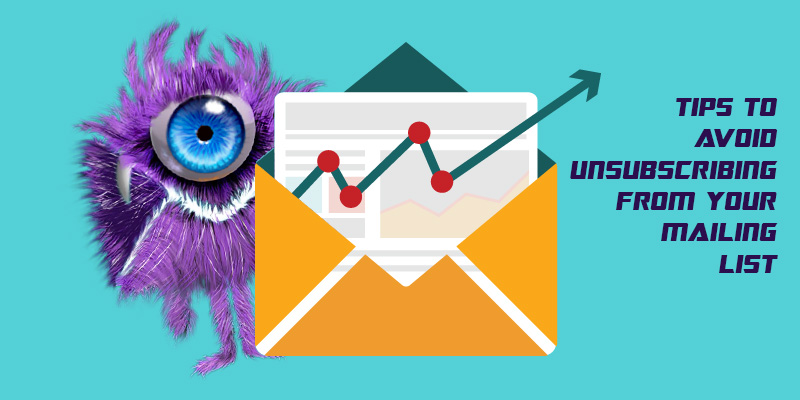Email marketing continues to be one of the cornerstones in the digital strategy of companies, both large corporations and more modest businesses. It is important not only to feed our list with new leads, but also to ensure that the subscribers we already have do not unsubscribe.
Types and reasons for it
Unsubscriptions are divided into two types:
Automatic: basically when an email ceases to exist or cannot receive more emails and bounces.
Voluntary: when it is the subscriber himself who unsubscribes from the distribution list. Volunteers can be due to multiple reasons but are all attributable to the subscriber.
There are times when the person unsubscribes by simple saturation and begins to unsubscribe from newsletters and, by chance, our last shipment was there that has also caused unsubscription. But perhaps most of these casualties are the responsibility of the sender: excess sending, bad or no segmentation, unattractive message, lack of useful content, etc … and this causes the subscriber to end up being disenchanted and unsubscribing.
If you start to lose subscribers, you will surely ask yourself, at what point did I start losing subscribers? What am I doing wrong? Maybe I was overconfident? And so, a hundred more questions that come to your mind trying to get a logical answer to your problem. It is important to analyze the metrics, the frequency, the message, etc …, but you must also think about stopping that loss and that if you continue like this it will cost you more work to maintain a good ROI; These losses will generate a drop in conversions through this channel.
Some hypotheses and suggestions to minimize the rate of subscriber cancellation
Online user is demanding, volatile and, above all, they do not feel comfortable receiving what they have not asked for, especially if we stick to the high volume of promotional (and non-promotional) emails that we receive every day. Therefore, you have to think about whether what you are doing with your email marketing campaign offers them value and reasons to open it, interact with it and, at the very least, not to unsubscribe.
Maybe you are abusing your automatic email campaigns?
This tactic consists of sending a chain of emails to your subscribers in order to unleash some action in them, such as buying products through offers, games, promotions, seasonal sales, etc … You may have experienced it when signing up for some application and then the platform itself sends you these sequential emails to offer you advice on how to take advantage of it. If you see a high unsubscribe rate, are you sending emails very often? You may be drowning the subscriber with content that they are not wanting.
If you think you have a lot of good to say, try to take advantage of other channels such as the corporate blog or wait a reasonable time to send each newsletter.
Your database is not well segmented
It is a common mistake that costs very expensive, not creating the segmentation of your database according to behavior and preferences can saturate the receiver. This may be another reason why you are experiencing an abnormally high discharge rate. You can do a Data Enrichment and a list cleaning of your mailing list with us here.
This type of purely promotional email should be addressed to a subscriber who has already shown you the intention to buy with their behavior on the website. There is no way to guarantee 100% that your segmented messages will increase the level of engagement of your subscribers or customers, but you can guarantee that a good part of them will value what you have sent to their inbox.
Make sure to segment your database in order to identify subscribers who are already customers and have shown interest in buying again, subscribers who have not interacted for a long time, and new ones you want to seduce into starting their journey through the market. conversion funnel. With this, what we mean is that it is not only worth separating your database according to age, sex or demographic location, but you have to understand that each subscriber has different needs and desires and we must satisfy them with different messages.
Customize the message for each subscriber
Seeing a couple of emails in the inbox where they call us by name is usually fantastic, because although we know or may think that it is an email sent to thousands of people, this detail makes that message stand out in our inbox.
Personalization is now essential to ensure that our customers, potential customers and the online community in general can remember us. But personalization is not about putting the subscriber’s name at the beginning of the email or in the subject. It is also about analyzing what was the last product you bought and based on that offer, what you think, you can enjoy as a complement to your past purchase. For example: if he bought sunglasses, in the following newsletter you can offer him related articles such as swimwear.
That’s what personalization is all about, in addition to helping us generate more conversions, it minimizes the chances that our subscriber will unsubscribe from our list.

